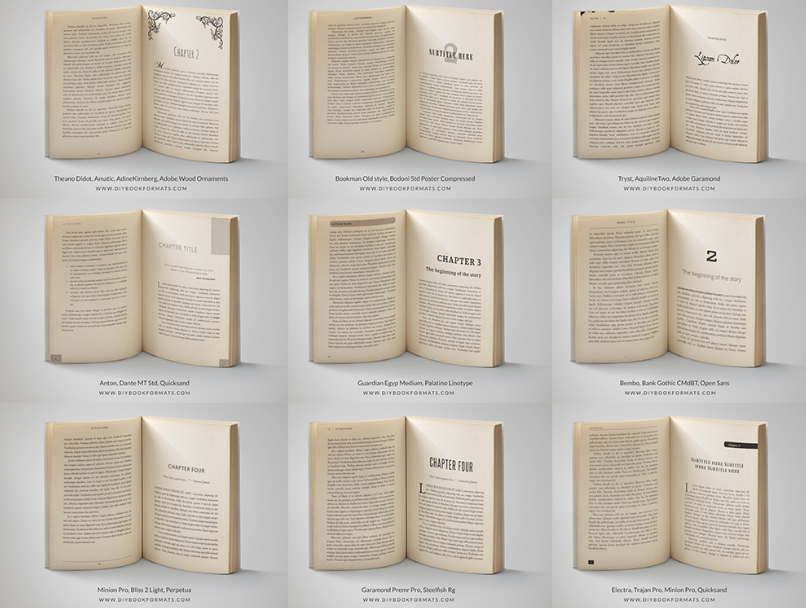Book Copy and Cover Creation Automation Tool

Client Overview
Our client is an independent contractor who collaborates closely with a publisher, specializing in creating book covers. They sought a solution to streamline the writing of web copy and book covers by automating the data intake process from emails.
Challenge
The client faced challenges in efficiently extracting relevant information from semi-structured email data to create compelling book cover designs and copy. The manual process was time-consuming and prone to errors, leading to delays in project delivery.
Solution
To address these challenges, we developed a robust automation tool utilizing Electron.js to create a cross-platform desktop application. This solution ensured compatibility with various operating systems, catering to the client's preferences.
Key Features of the Solution:
- Email Parsing:
We integrated Google Email APIs to capture and parse incoming emails that met specific criteria. This allowed us to automatically extract relevant attachments containing deliverable data. - Data Extraction and Organization:
The tool was designed to download and organize files from email attachments, extracting critical information such as due dates and types of copy required based on filenames. The extracted data was organized into unique folders for easy access. - Document Classification:
We implemented a system to classify source documents into categories (e.g., Tipsheets, Author Information Sheets, Proposals). This classification enabled efficient data handling and retrieval. - Database Integration:
The relevant information, including ISBN, book titles, author details, and pricing, was populated into a structured format within a database or spreadsheet, ensuring easy management and accessibility. - Copy Generation with OpenAI:
We utilized OpenAI APIs to generate the initial draft of the copy. By feeding the system appropriate prompts and data, we leveraged AI capabilities to create compelling copy based on specific templates tailored to each project. - Template Population:
The application automated the process of populating various templates with the generated copy, ensuring that each book cover met the specific requirements provided by the client.
Results
The implementation of the automation tool significantly streamlined the client's workflow, reducing the time spent on manual data extraction and copy creation. The automated solution provided the following benefits:
- Increased Efficiency: The client experienced a substantial reduction in project turnaround times, allowing for more projects to be completed within shorter timeframes.
- Enhanced Accuracy: Automation minimized human error in data extraction and copy generation, ensuring higher quality output.
- Improved Collaboration: The structured data organization facilitated better communication and collaboration between the client and the publisher, fostering a smoother workflow.
Conclusion
By developing a comprehensive copy and cover creation automation tool, we empowered our client to overcome their operational challenges and enhance their productivity. The integration of advanced technologies like Electron.js and OpenAI APIs not only streamlined their processes but also set the stage for future scalability and growth in their publishing endeavors.